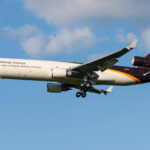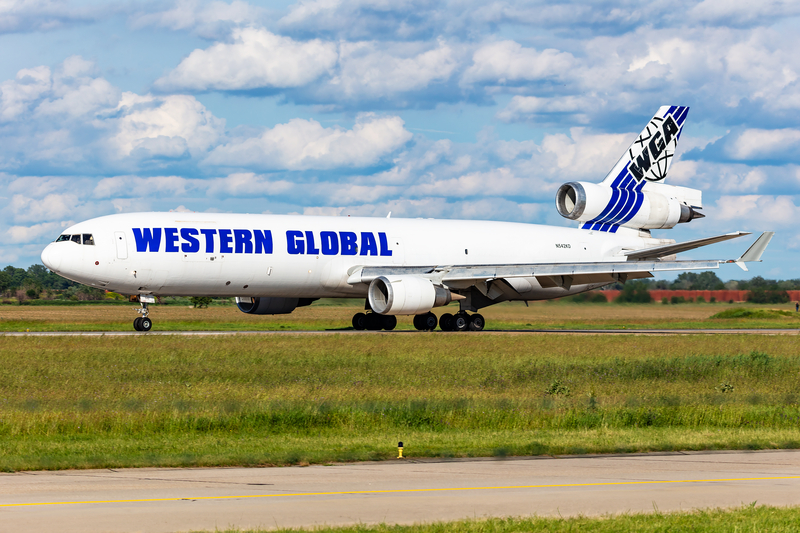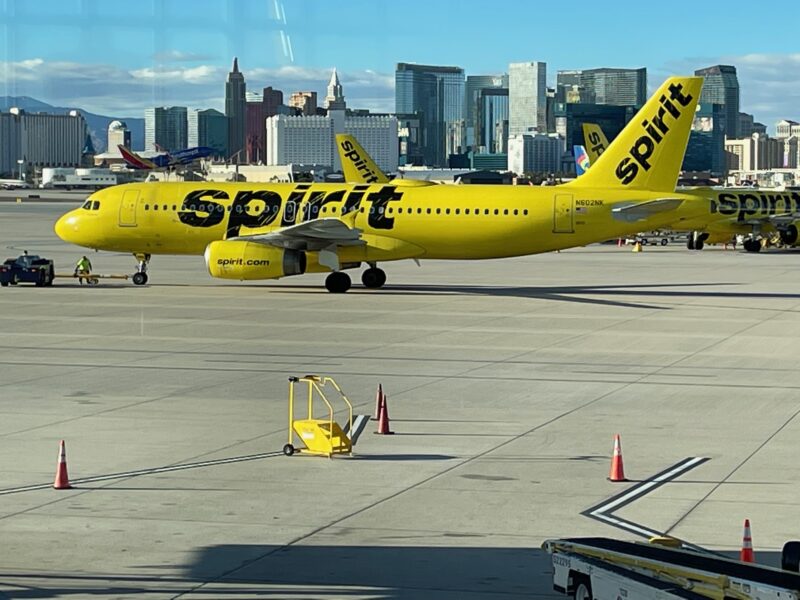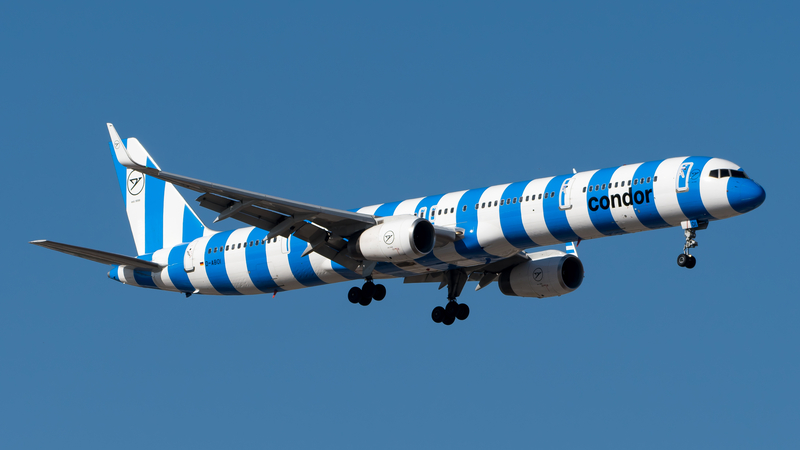UPS & FedEx Park MD-11 Fleets After Fatal Louisville Crash

ID 276310874 © Alpiee | Dreamstime.com
UPS Grounds Its MD-11 Fleet “Effective Immediately”
On Friday, UPS Airlines issued an abrupt order grounding all of its 27 McDonnell Douglas MD-11 freighters, just three days after the loss of Flight 2976 at Louisville (SDF).
Internal communication shown by US media captured the blunt instruction sent to crews:
“Per UPS MD11 are not to depart effective immediately.”
UPS said the move was taken “out of an abundance of caution and in the interest of safety,” and confirmed that the decision followed a recommendation from the aircraft manufacturer. While the MD-11 represents only about 9% of the UPS Airlines fleet, the type is heavily used on long-haul cargo missions out of Louisville, the carrier’s primary hub.
The airline acknowledged that some short-term shipping delays were likely but stressed that contingency plans are in place to maintain network reliability using other aircraft types and schedule adjustments. Operations at SDF, which were initially halted after the crash, have since been restored.
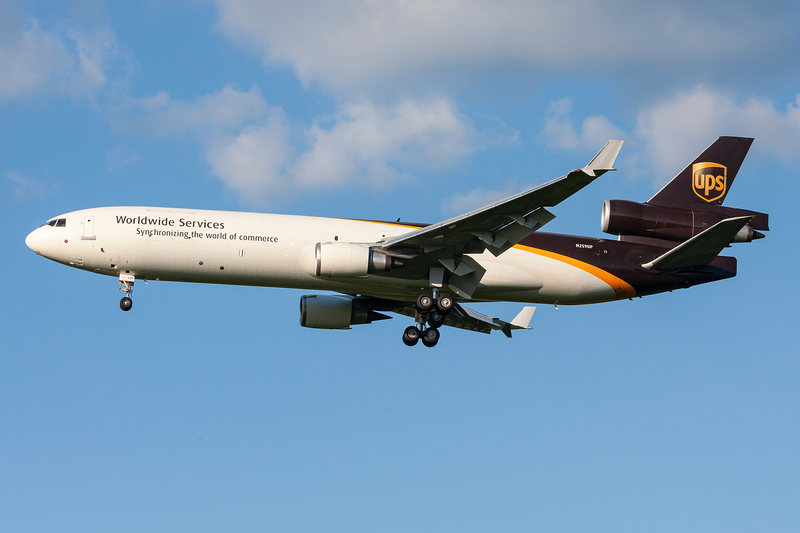
ID 360155937 © Bjorn Wylezich | Dreamstime.com
FedEx Express Quickly Follows Suit
In the early hours of Saturday, FedEx Express, headquartered in Memphis (MEM), announced that it too would temporarily withdraw its MD-11 fleet from service.
FedEx operates 29 MD-11s, with 28 active at the time of the announcement, making it the world’s largest operator of the type. The carrier framed the decision in similar terms, saying it was acting “out of an abundance of caution” and would carry out a thorough safety review based on the manufacturer’s recommendations.
With the busy peak shipping season approaching, pulling a widebody sub-fleet could have been highly disruptive. FedEx emphasized its integrated network flexibility, noting it would reassign flying to other aircraft and optimize its air–ground system to limit customer impact.
What Investigators Have Found So Far
The National Transportation Safety Board (NTSB) is leading the investigation into UPS Flight 2976, the MD-11 that crashed on takeoff from Louisville on Tuesday while operating a cargo service to Honolulu Daniel K. Inouye International Airport (HNL).
Key early points from the NTSB’s update include:
-
Takeoff roll initially appeared normal, with no anomalies reported in the early seconds.
-
Around 37 seconds after thrust was applied, a persistent warning bell began sounding in the cockpit.
-
The bell reportedly continued for about 25 seconds before the cockpit voice recording ceased, coinciding with the loss of control and subsequent crash.
Ground witnesses reported flames or an issue involving the left engine during the takeoff roll, and local media noted the flight had been delayed roughly two hours for work on that same engine prior to departure. Those details have not yet been independently confirmed by investigators and remain part of the broader fact-finding effort.
The aircraft involved, N259UP, was a 34-year-old MD-11. It was originally delivered as a passenger jet to Thai Airways in 1991 and later converted to a freighter and transferred to UPS in 2006. Before the accident, it had recently been out of service for maintenance in San Antonio from early September to mid-October, then flew 27 additional sectors in the UPS system, frequently operating into and out of Louisville.
As of Friday, the death toll had risen to 14, reflecting the scale of destruction on the ground in addition to the loss of the three crew members aboard.
Operational Fallout For The Cargo Giants
The MD-11 grounding has immediate implications for both carriers’ global networks:
-
UPS Airlines
-
Fleet: 27 MD-11Fs
-
Role: Long-haul trunk routes out of Louisville (SDF) and other hubs, often serving high-volume intercontinental lanes.
-
Impact: Requires reassigning flying to other widebodies (like 767s and 747s where available), adjusting schedules, and possibly consolidating loads to maintain service standards.
-
-
FedEx Express
-
Fleet: 29 MD-11Fs (28 active pre-grounding)
-
Role: Mixed use across the FedEx global network as a large long-range freighter with substantial payload capability.
-
Impact: FedEx will lean more heavily on its large fleets of 767, 777, and other freighters, rebalancing aircraft and crew rotations to cover MD-11 missions.
-
While both operators highlight their contingency plans, the timing—so close to the holiday peak—adds extra pressure on operations teams. Even if customers experience only minor delays, network utilization will be tighter, and spare capacity more limited.
The MD-11’s Place In Cargo Aviation
The McDonnell Douglas MD-11 is the world’s largest production trijet and a familiar sight at major cargo hubs. Launched in 1986 and built in Long Beach, California, it entered service as a passenger aircraft before evolving into a freighter workhorse.
McDonnell Douglas merged with Boeing in 1997, and Boeing subsequently ended MD-11 production the following year. Today, the type is almost exclusively operated as a freighter, with UPS and FedEx among its highest-profile users.
The current groundings highlight both the age and complexity of the MD-11 fleet worldwide. While the type has served operators well for decades, its future in frontline operations was already limited, with many carriers planning gradual phase-outs in favor of more modern, twin-engine widebodies.
Bottom Line
Days after the fatal crash of UPS Flight 2976 at Louisville (SDF), both UPS Airlines and FedEx Express have chosen to temporarily ground their MD-11 fleets on the recommendation of the manufacturer. The move removes over 50 trijet freighters from service but is framed as a necessary safety precaution while investigators probe the loss of N259UP’s left engine and the sequence of cockpit warnings before impact.
For shippers, the short-term effect may be limited delays and some rerouting, mitigated by contingency planning and spare capacity in other fleets. For the MD-11, however, this incident and the subsequent groundings could mark the beginning of the end of its front-line cargo career, as operators increasingly pivot to newer, more efficient widebodies.
